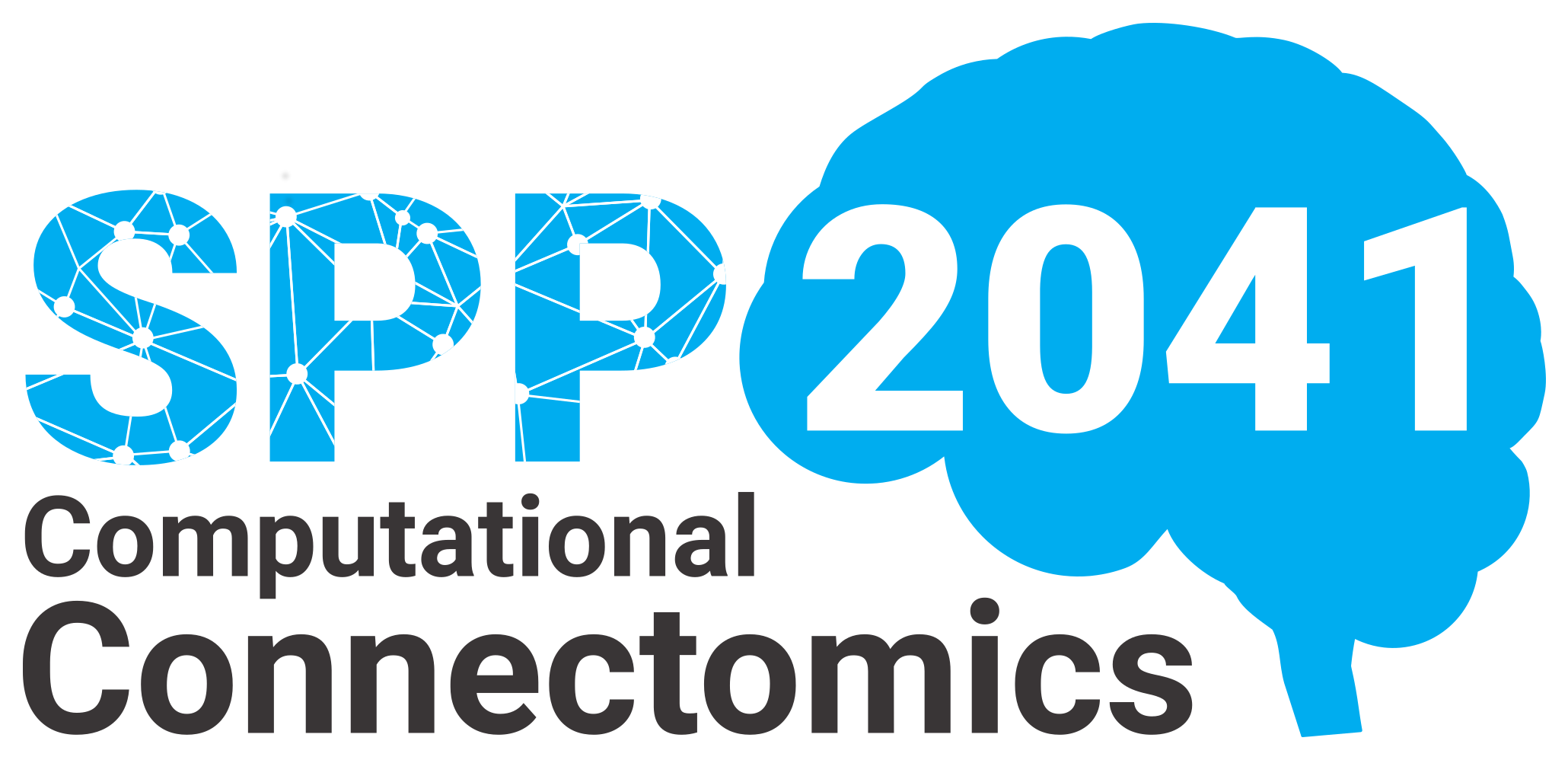Clinical Connectomics: A network approach to deep brain stimulation
In this project, we plan – for the first time – to combine two computational modeling approaches at different spatial and temporal scales – to simulate brain activity in Parkinson’s disease (PD) patients with and without deep brain stimulation (DBS). The overarching goal is to achieve with this methodological development more refined and accurate predictions of altered network interactions in PD and to enable in-silico planning of neuromodulation therapies like DBS. By co-simulating the brain with two different simulator engines, The Virtual Brain (TVB) and ANNarchy, we capture whole-brain network interactions as well as detailed functional circuit interactions of the basal ganglia (BG) network simultaneously. Both description levels of brain dynamics are interacting and are mutually influencing each other. The multi-scale models developed in this collaboration will be informed by patient-specific multi-modal data that include magnetencephalography (MEG), local field potentials (LFPs) and functional magnetic resonance imaging (fMRI). Model-inferred parameters and state variables will be used to predict clinical symptom change in PD patients. We will validate our multi-scale models through cross-validation. The developed software will be open-source enabling other users to run multi-scale brain co-simulations with the TVB-ANNarchy toolbox.
Principal Investigators
Professor Dr.-Ing. Fred Henrik Hamker
Technische Universität Chemnitz
Fakultät für Informatik
Lehrstuhl Künstliche Intelligenz
Professorin Dr. Andrea Kühn
Charité – Universitätsmedizin Berlin
Campus Charité Mitte
Klinik für Neurologie mit Experimenteller Neurologie
Professorin Dr. Petra Ritter
Charité – Universitätsmedizin Berlin
Campus Charité Mitte
Klinik für Neurologie mit Experimenteller Neurologie
